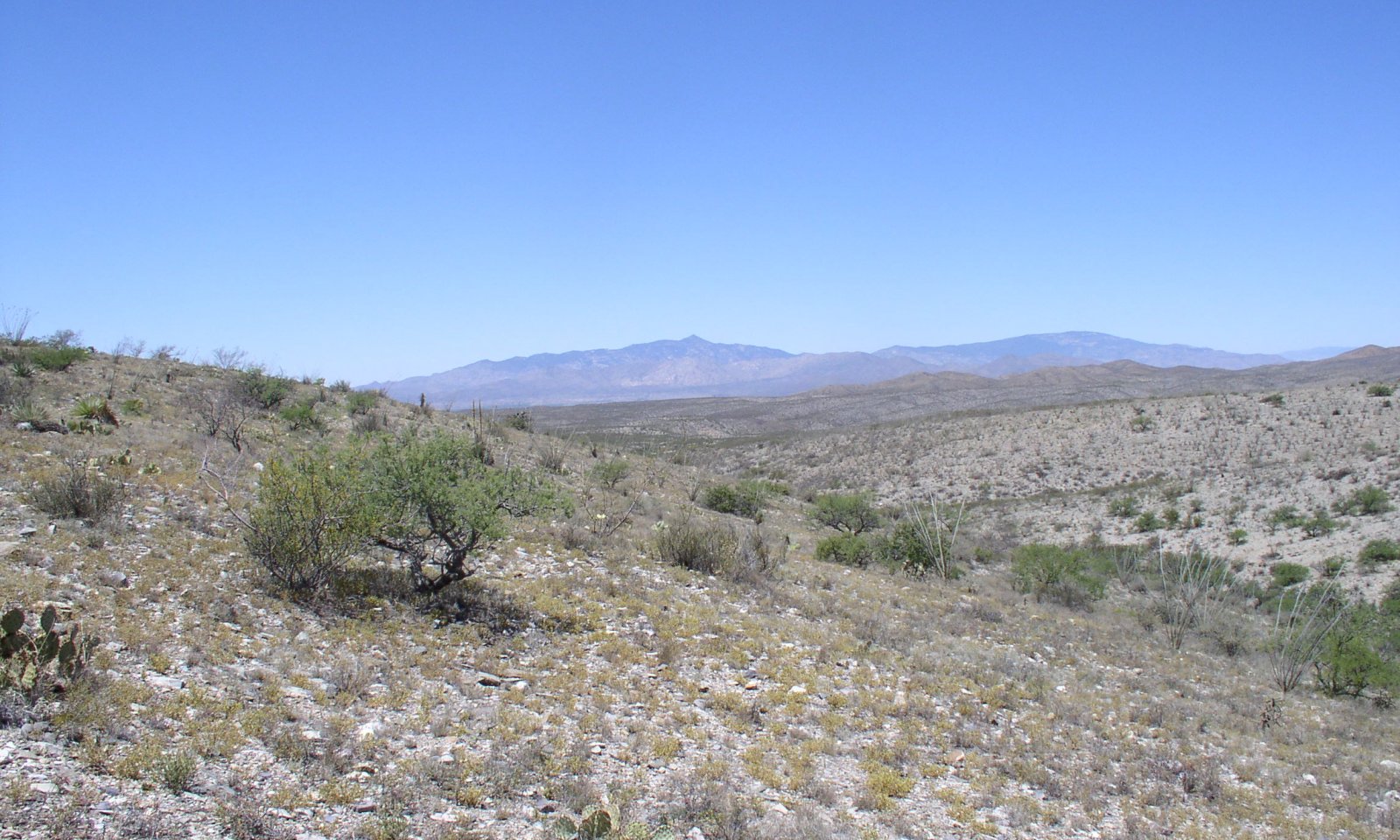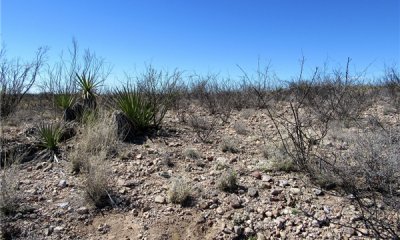
Limy Slopes 12-16" p.z.
Scenario model
Current ecosystem state
Select a state
Management practices/drivers
Select a transition or restoration pathway
- Transition T1A More details
- Transition T1B More details
- Transition T1C More details
- Restoration pathway R2A More details
- Transition T2A More details
- Restoration pathway R3A More details
- Transition T3A More details
- Transition T3C More details
- Transition T3B More details
- Transition T5A More details
- Transition T5B More details
-
No transition or restoration pathway between the selected states has been described
Target ecosystem state
Select a state
State 1
Native Grass State



Description
The potential plant community on this site is dominated by warm season perennial grasses. Perennial forbs are well represented on the site, as well as a few species of half shrubs. Most of the major perennial grasses on the site are well dispersed throughout the plant community. Black grama occurs in patches of various sizes and these patches appear to be well dispersed over larger areas of the site. The aspect is open grassland.
The plant community structure fluctuates in the Native Grass State with time since burning or drought. In periods of average rainfall dynamics, the Reference Plant community (CP 1.1) persists as a perennial grassland with scattered shrubs. Perennial grasses will mature and standing biomass will build-up, litter cover increases. The half shrubs and perennial forbs grow to maturity. The site receives light utilization by grassland wildlife (rodents, antelope, etc.) and insects (grasshoppers, pollinators). Once ignited, fire will easily spread bringing about Community Phase 1.2, Half Shrubs. Black grama and the other dominant herbaceous components are susceptible to burning. Immature large shrubs are removed by summer fire. Half-shrubs are burned over but quickly recover to dominate while perennial grasses recover. Annual forbs and grasses will flourish in the open bare plant interspaces with rainfall. CP 1.2 is at risk to transition to either State 2, Non-native grassland, or State 4, Eroded. Prolonged fire intervals will allow large shrubs to grow to maturity and drive transition to State 3, Shrub when large shrub canopy levels exceed 15%.
Prolonged drought on CP 1.1., Reference, will first impact shallow-rooted perennial grasses as soil moisture depletes. Blue three-awn and slim tridens will quickly re-establish from the seed bank after drought. Black and side-oats grama need more time to regain dominace in the pant community after drought/fire mortality. The Native Grass State is resilient and recovery from drought is possible; however, the site is at risk to transition to State 2, Non-native grassland, or State 4, Eroded.
Drought following fire is especially bad. Plant mortality is high and when heavy rains occur the site is extremely vulnerable to erosion, State 4.
Submodel
State 2
Non-native Grass State



Description
Lehmann lovegrass is well-adapted to Limy Slopes ecological site. When the native perennial grass cover is depleted due the combination of continuous grazing, drought, or fire, Lehmann lovegrass can quickly establish large areas as long as a seed source is present. Once Lehmann lovegrass has more than 1% live basal cover, it will persist on this ecological site. The lovegrasses produce abundant, small seed with a high percentage of dormancy. Seeds are dispersed by wind, in the manure of animals and via vehicles. Quite often, Lehmann lovegrass is present along jeep trails, roadsides, fencelines or similar heavily trafficked areas if present in this state. Sometimes, the seed source may be unknown to land managers (dormant in soil), making the rapid spread of Lehmann lovegrass after disturbance (fire, heavy grazing, drought) startling. Management may be able to maintain a native perennial grass presence within the community, unmanaged livestock grazing will not. Lehmann lovegrass will vigorously germinate and establish after fire or other disturbance while native perennial grasses do not. The dominant half shrubs, false mesquite and range ratany, seem to be able to persist under these circumstances.
Management actions that can accelerate transition to a Lehmann lovegrass monoculture and the near absence of shrubs and perennial forbs include repeated fire and chemical brush management. Severe drought, especially in the cool season (Oct-April) can also accelerate Lehmann lovegrass dominance. Lehmann lovegrass annual production in this state will exceed that of native perennial grassesIt is unpalatable to livestock and remaining native perennial grass species will be selectively grazed in the presence of Lehmann. The biotic integrity of the plant community is highly altered. Dense, thick growth of LL eventually excludes most native perennial grasses and forbs. Wildlife habitat is diminished for many species. Shrubs like whitethorn and creosote bush occur in minor amounts. Fine fuel to carry continuous fire is ample. Aspect is open grassland.
Submodel
Description
The Shrub State is characterized by the dominance of the large shrubs particularly, but not limited to, whitethorn, viscid acacia and creosotebush. The large shrub canopy cover exceeds 15%. Native perennial grass species exist as widely scattered remnant plants. In this state, herbaceous productivity potential, both annual and perennial biomass, is very limited and fire will not carry even after rest from livestock grazing. Aspect is shrubland.
Submodel
Description
This ecological site is vulnerable to active water erosion in any state when the soil surface is exposed by removal of vegetative cover. Gravel size is inadequate to overcome the energy of run-off from the long, steep slopes. Headcuts and gullies develop at the bottom of the slope and move upward. Sheet and rill erosion is common throughout the site; sheet and rill erosion is rarely visible in any of the grassland states. Altered hydrological functioning, impaired infiltration and accelerated run-off, limits site herbaceous productivity. The plant community in this state can be grass or shrub dominated depending upon the prior state. If grass dominated, the site will not carry fire and will transition to a shrub dominated, eroded condition. Aspect is scattered grass-shrubland or shrubland.
Submodel
Description
The Chemically Treated State is characterized by native perennial grasses and the near absence of live woody species and perennial forbs. Dead standing shrubs and sub-shrubs will persist for several years following treatment. The commonly used herbicide kills dicotyledon plants, including perennial forbs and half shrubs that are valuable for wildlife. Succulents (beargrass, yuccas, and cactus) and grasses are unaffected by herbicide. The presence of live shrubs depends upon the efficacy of treatment. Perennial grasses like blue 3-awn and fluffgrass pioneer on the site after herbicide treatment. Species like bush muhly, black and side-oats will take longer to re-establish. The risk to transition to the Eroded State is high in the years following chemical brush management or severe drought. At the time of this writing, limited monitoring data of this state is available since the cultural practice of chemical brush management on the shrub state has only been effectively practiced for about the past 10 years. Observation of treated sites shows even if Lehmann lovegrass is not present prior to treatment, it will dominate shortly after chemical brush management (see State 2, Non-native Perennial Grass State). Aspect is grassland.
Submodel
Mechanism
Any disturbance that diminishes native perennial grass basal cover creates opportunity for non-native perennial grass establishment. Disturbances driving this transition include fire, heavy grazing, prolonged drought.
Mechanism
Absence of fire, reduction in perennial grass cover by livestock grazing removes fuel to carry fire ad can reduce perennial grass basal cover; over time, shrubs grow unchecks, excessive erosion and soil loss may occur during this transition.
Mechanism
Short-term heavy grazing, extreme drought or fire followed by heavy rainfall
Mechanism
extreme drought, repeated burning or fire followed by heavy rainfall
Mechanism
Chemical brush management with Lehmann lovegrass present or in proximity, current brush management exerts mortality on all shrub and forbs (not specific to target species). Existing succelents and perennial grasses are unaffected.
Mechanism
Chemical brush management followed by heavy rainfall.
Mechanism
Chemical brush management in the absence of Lehmann lovegrass.
Mechanism
Introduction of seed source, germination of undetected soil seed bank, spontaneous transition after chemical brush management
Model keys
Briefcase
Add ecological sites and Major Land Resource Areas to your briefcase by clicking on the briefcase (![]() ) icon wherever it occurs. Drag and drop items to reorder. Cookies are used to store briefcase items between browsing sessions. Because of this, the number of items that can be added to your briefcase is limited, and briefcase items added on one device and browser cannot be accessed from another device or browser. Users who do not wish to place cookies on their devices should not use the briefcase tool. Briefcase cookies serve no other purpose than described here and are deleted whenever browsing history is cleared.
) icon wherever it occurs. Drag and drop items to reorder. Cookies are used to store briefcase items between browsing sessions. Because of this, the number of items that can be added to your briefcase is limited, and briefcase items added on one device and browser cannot be accessed from another device or browser. Users who do not wish to place cookies on their devices should not use the briefcase tool. Briefcase cookies serve no other purpose than described here and are deleted whenever browsing history is cleared.
Ecological sites
Major Land Resource Areas
The Ecosystem Dynamics Interpretive Tool is an information system framework developed by the USDA-ARS Jornada Experimental Range, USDA Natural Resources Conservation Service, and New Mexico State University.





